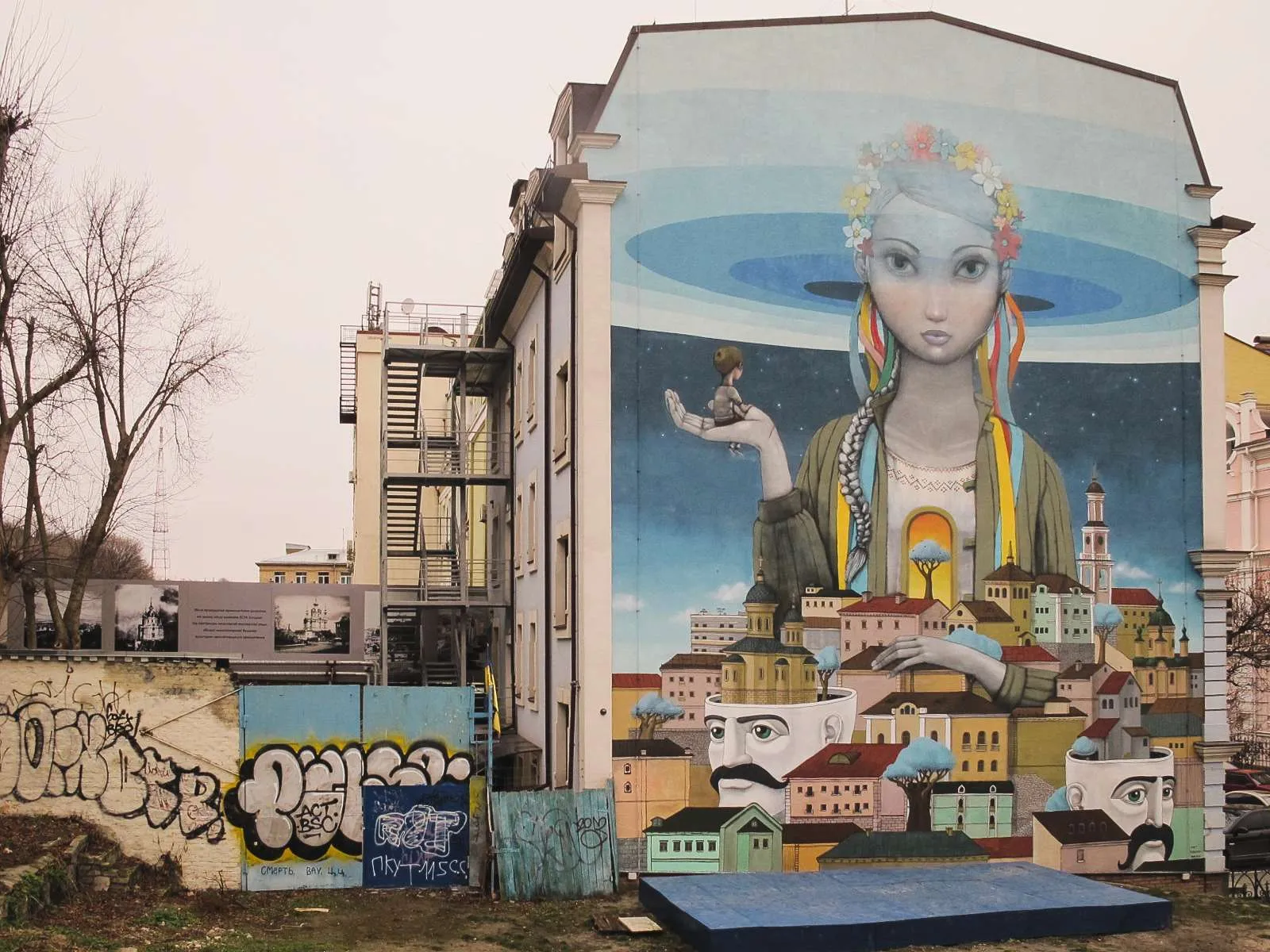In consciousness there is no location, and in location there is no consciousness. When there is no consciousness then there is ‘here’ and ‘there’, ‘this’ and ‘that’, ‘me’ and ‘not me’. The difference between the one and the other is a self-evident fact, the primary feature of our existence.
When there is no consciousness then reality presents itself in terms of definite facts, in terms of concrete answers to concrete questions. We live in a world that is made up of definite or opaque meanings, meanings that are the outputs of established rules, established machinery. What comes out of a rule is real for us, we might say, whilst the random is always to be disregarded. The random is always to be disregarded because it doesn’t belong in any special box.Only our abstract mental boxes are real to us and yet we have made these boxes up ourselves.
In the absence of consciousness there is nothing else to do but go around and around within the framework – opaque meanings won’t admit us anywhere else, literal signifiers never take us beyond themselves. In the absence of consciousness we are restricted to the World That Thought Makes, in other words. The ‘world that thought makes’ is a world of concrete answers, a world of known quantities, and it is also a world that is not real.
When consciousness arrives on the scene the sense of security that is generated by the concrete answers which thought provides starts to evaporate. In the Concrete World Aristotelian Logic rules, the Law of the Excluded Middle rules. If we ask the question “Is the cat on the mat?” then the answer has to come back either one way or the other, it has to come back as either ‘yes’ or ‘no’. No other answer is permissible, no other question is considered legitimate. If the answer doesn’t come in the form of either YES or NO then it will be summarily disqualified, summarily dismissed, and yet ‘YES versus NO’ is our own projection (rather than being anything real). The world thought creates is thus a closed one.
The two terms, the two ends of the stick, trap us, therefore. ‘It has to be the one or the other,’ says thought – ‘you have to make up your mind right now!’ This is a trick however – the two ends are – in reality – the one stick and that ‘stick’ doesn’t exist. It’s a fiction. There are no such thing as ‘sticks’, no such thing as ‘rules’. Reality isn’t the output of rules, it isn’t the result of dividing things up. We can see this very clearly once we consider that reality is just another way of talking about Wholeness – if reality is the same thing as Wholeness then there is clearly no way we can arrive at it via the operation of ‘dividing’.
In Wholeness there is no such thing as location – location means ‘here versus there’, ‘this versus that’, ‘me versus not-me’, and these partitions don’t exist in Wholeness. This doesn’t mean that there is nothing in Wholeness, it just means that there are no divisions, no partitions, no boxes. To say that they are no divisions (or no boxes) in Wholeness is equivalent to saying that ‘there are no rules in reality’. There are no boxes in Wholeness, and there is also no box for Wholeness to be placed within; is no rule that is responsible for producing Wholeness. Wholeness was never caused, in other words – we may talk about ‘the creation of the universe’ (perhaps), but we certainly can’t talk about ‘the creation of Wholeness’!
Things can be created but there are no things in Wholeness – ‘From the very beginning not a thing was,’ says Bodhidharma, and similarly there no selves in Wholeness. The <self> is just another box, just another rule, just another partition. It is a literal meaning in a universe where there are no literal meanings, it’s a concrete fact in a universe where concrete facts don’t exist and never could. The <self> represents the closing down of consciousness in other words; it is an opaque image or symbol that we can’t look beyond. Or rather, it’s an image or symbol that we can look beyond, but which we choose not to.
Image – agirlandherpassport.com
